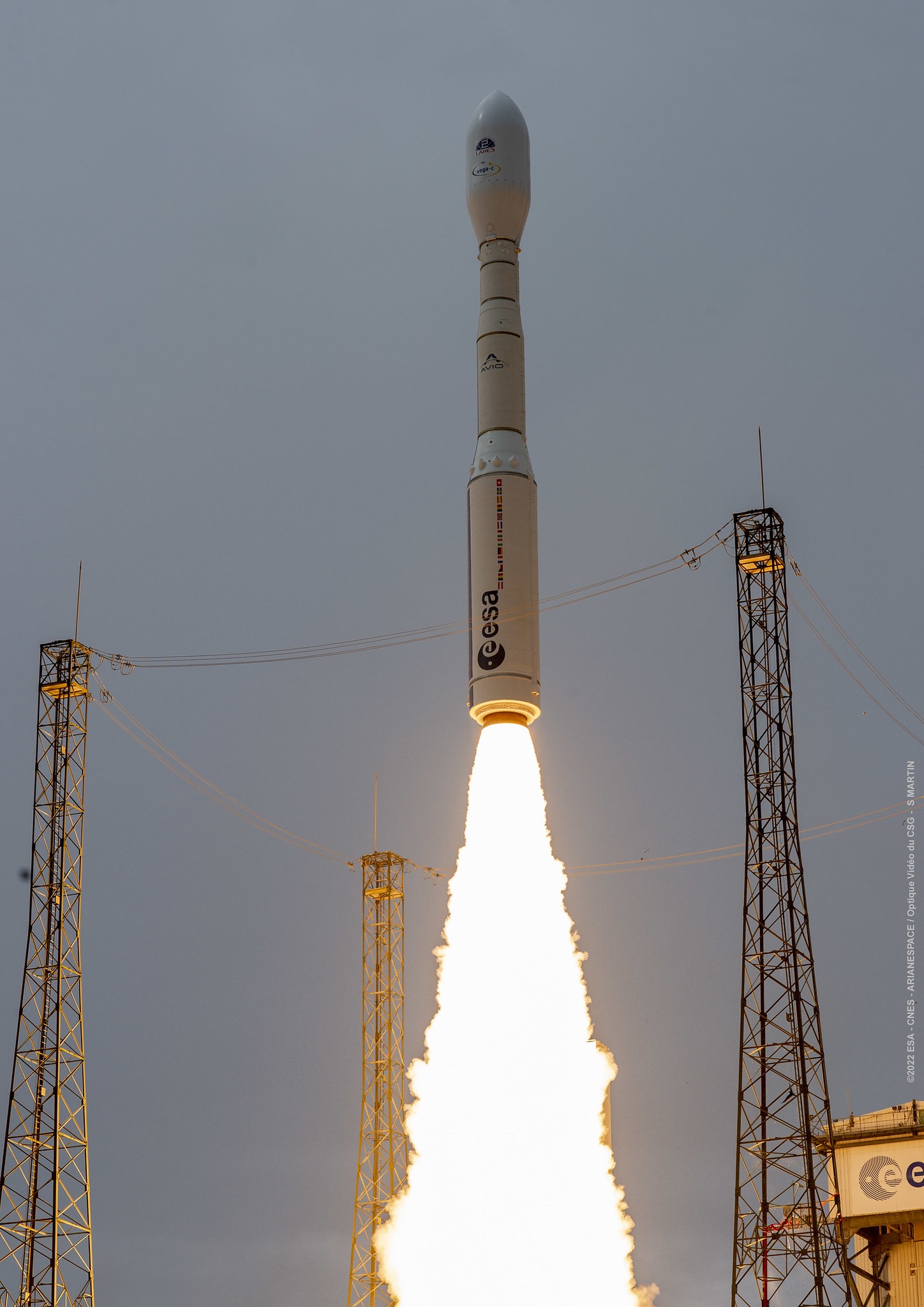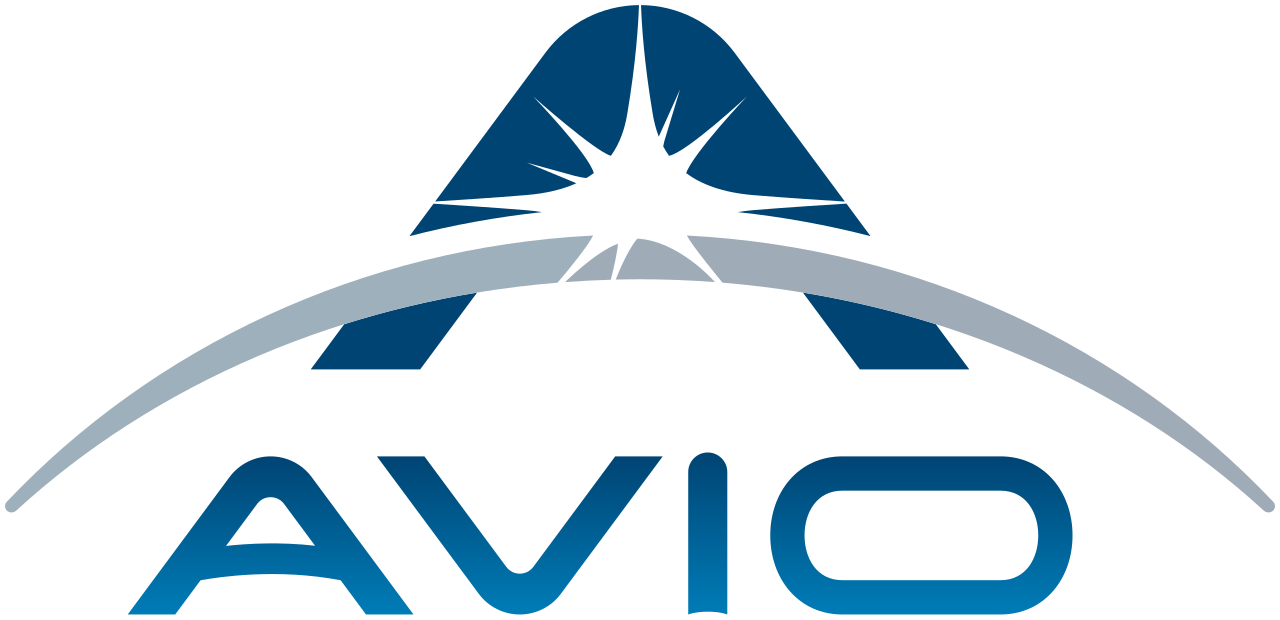Vega-C Launch Schedule
Stay up-to-date on upcoming Vega-C rocket launches with our live schedule. You can browse all 25 planned Vega-C missions on our website, and you can live stream any Vega-C rocket launch happening today.
Launch Service Provider
Vehicle
Mission
MicroCarb
Mission Type
Earth Science
Destination
Sun-Synchronous Orbit
Microcarb is a small satellite designed to map sources and sinks of carbon dioxide (CO2)—the most important greenhouse gas — on a global scale.
Updated: Jan 3, 8:05pm UTC
🔔 Set up an email alert for upcoming launches
Get a weekly email containing all launches scheduled for the coming week.
Upcoming Vega-C Launches
Joint mission between the European Space Agency and the Chinese Academy of Sciences to investigate the interaction between Earth’s protective shield – the magnetosphere – and the supersonic solar wind.
Last Update: NET April 8.
Sixth South Korean Earth observation satellite of the KOMPSAT series. It is equipped with a synthetic aperture radar with a ground resolution between 0.5 and 20 meters.
Last Update: NET Q3 2026.
TBD
Oct 2026
Sentinel-3C is the third satellite in the Sentinel-3 constellation, which provides high-accuracy optical, radar and altimetry data for marine and land services.
Last Update: NET October 2026
TBD
2026
First dedicated launch for the European Space Agency's IRIDE Earth observation constellation.
Updated: Oct 14, 5:30pm UTC
TBD
2026
Second dedicated launch for the European Space Agency's IRIDE Earth observation constellation.
Updated: Oct 14, 5:30pm UTC
TBD
Mar 2027
Sentinel CO2M-B carries a near-infrared and shortwave-infrared spectrometer to measure atmospheric carbon dioxide produced by human activity, providing the EU with a unique and independent source of information, to assess the effectiveness of policy measures, and to track their impact towards decarbonizing Europe and meeting national emission reduction targets.
Last Update: NET March 2027
TBD
Apr 2027
The Fluorescence Explorer (FLEX) satellite is a part of ESA's Earth Explorer program. The satellite will map vegetation fluorescence to quantify photosynthetic activity.
Last Update: NET April 2027, most likely with ALTIUS
TBD
Apr 2027
ALTIUS is a satellite mission proposed by the Belgian Institute for Space Aeronomy to monitor the distribution and evolution of stratospheric ozone in the Earth's atmosphere.
Last Update: NET April 2027, most likely with FLEX
TBD
Jun 2027
CSG-4 is an Earth observation satellite for the Italian Space Agency, part of a reconnaissance constellation using synthetic aperture radars operating in the X-band.
Last Update: NET H1 2027.
TBD
Nov 2027
Sentinel CO2M-A carries a near-infrared and shortwave-infrared spectrometer to measure atmospheric carbon dioxide produced by human activity, providing the EU with a unique and independent source of information, to assess the effectiveness of policy measures, and to track their impact towards decarbonizing Europe and meeting national emission reduction targets.
Last Update: NET November 2027
TBD
2027
SES satellite to support the end-to-end secure Quantum Key Distribution (QKD) system for Europe.
Last Update: NET 2027.
TBD
2027
FORUM (Far-infrared Outgoing Radiation Understanding and Monitoring) is a satellite from the European Space Agency designed to provide insight into Earth's radiation budget using a Fourier transform spectrometer.
Updated: Feb 25, 5:30pm UTC
TBD
2027
FORUM (Far-infrared Outgoing Radiation Understanding and Monitoring) is a mission from the European Space Agency (ESA) carrying a Fourier transform spectrometer. It is designed to measure Earth’s outgoing radiation in the far-infrared part of the electromagnetic spectrum that has previously never been measured from space.
Updated: Dec 27, 1:30pm UTC
TBD
2027
High-resolution optical Earth observation satellite.
Updated: Dec 27, 7:00am UTC
TBD
2028
Sentinel-3D is the fourth satellite in the Sentinel-3 constellation, which provides high-accuracy optical, radar and altimetry data for marine and land services.
Last Update: NET December 2028
TBD
2028
X-band SAR Earth observation satellite.
Updated: Dec 27, 7:00am UTC
TBD
2028
High-resolution optical Earth observation satellite.
Updated: Dec 27, 7:00am UTC
TBD
2029
First debris removal mission by the Swiss startup ClearSpace. Contracted by the European Space Agency, it is designed to catch and de-orbit part of a Vega rocket from Low Earth Orbit using four articulated arms.
Last Update: NET 2029.
TBD
2029
Harmony, ESA's 10th Earth Explorer mission, consists of 2 satellites that will orbit Earth in tandem with a Copernicus Sentinel-1 satellite in various configurations. The Harmony satellites’ synthetic aperture radar instruments will receive the Sentinel-1 satellite's radar signals that bounce back, or ‘backscatter’, from Earth’s surface. At the same time, Harmony’s thermal-infrared instruments provide complementary observations of the sea surface as well as the position and motion of clouds above it.
Updated: Oct 20, 10:30am UTC
TBD
2029
The Surface Biology and Geology - Thermal Infrared (SBG-TIR) Earth Observation mission aims to provide radiometric and multispectral measurements of terrestrial and aquatic emissions for climate, ecological, and geological analyses, and to support practical applications such as food security and water management. The thermal infrared (TIR) radiometer is provided by NASA, while the VIS-NIR camera is provided by ASI. Their combination ensures high-quality observations, enabling the investigation of terrestrial and marine ecosystems, monitoring of water resources, and phenomena related to high temperatures such as wildfires and volcanic eruptions.
Updated: Feb 25, 5:30pm UTC
TBD
2030
TRUTHS (Traceable Radiometry Underpinning Terrestrial- and Helio-Studies) is a a ‘standards laboratory in space’, setting the ‘gold standard’ reference for climate measurements. Carrying a cryogenic solar absolute radiometer and a hyperspectral imaging spectrometer as well as a novel onboard calibration system, TRUTHS is designed to make continuous measurements of incoming solar radiation and reflected radiation to evaluate Earth’s energy-in to energy-out ratio.
Updated: Jul 22, 11:30pm UTC
TBD
2030
X-band SAR Earth observation satellite.
Updated: Dec 27, 7:00am UTC



